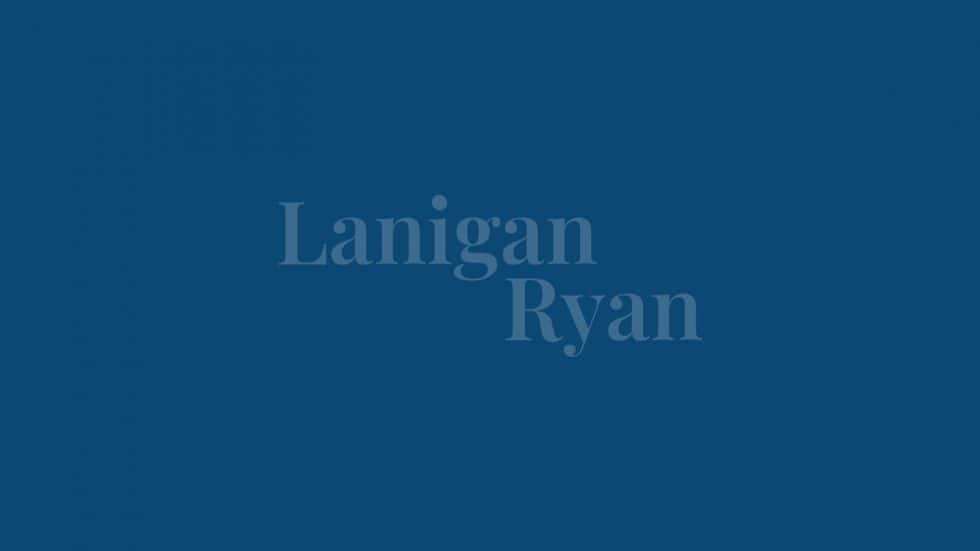Is Your 401(k) Plan Up to Snuff?
Four emerging potential 401k trouble spots are becoming a greater focus at the Department of Labor (DOL). One involves self-directed brokerage accounts, or “brokerage windows,” that allow participants to purchase individual securities. The DOL worries that participants with limited investing experience will jump on the hottest stock or market sector at its high-water mark, watch it tank, then sell at the bottom. Sponsors need to have robust investment education plans in place to try to prevent that from happening.
The other three trouble spots involve administrative procedures to address:
- Lost participants: Earlier this year, the DOL issued an updated Field Assistance Bulletin, spelling out steps plan sponsors need to take to track down participants who have gone off your radar screen. Among other things, the document says plan sponsors should check with the designated plan beneficiary and use web-based search tools to find lost participants after other efforts have failed.
- Uncashed distribution checks: Lost participants are often determined to be missing when distribution checks sent to them are returned or never deposited. Even if the amounts are small and you have lost contact with the former participant, you can’t just put a stop payment on the check and forget about it. Rather, you need to maintain records on the matter and possibly even reinstate the former employee’s account with the amount of the undeposited check in the hope that the former participant will resurface. The Field Assistance Bulletin referenced above outlines distribution options, including opening an IRA or special bank account for the lost participant.
- ERISA spending accounts: These accounts are set up to help defray plan administrative costs. They are funded by “revenue sharing” payments sometimes made by the plan’s investment managers that otherwise would have gone directly to plan administrators. The earlier murkiness of these payments led to the DOL’s fee disclosure rules issued in 2012. Now that disclosures are being made, the DOL is looking to determine, among other things, whether the payments are being made for appropriate expenses and whether they are being accounted for properly.
Compliance Essentials
Beyond those more timely areas of focus, the DOL is always keeping an eye out for the following. Errors on any of these administrative requirements are unlikely to trigger an audit, but will be looked at should an audit occur:
- Tax withholding on distributions to those younger than age 59 1/2. The IRS expects income tax and premature withdrawal penalties to be calculated and deducted in a particular way.
- Delayed or erratic transfer of participant deferral funds into their 401(k) account. The rules call for doing so as soon as administratively possible, but in any case no later than the 15th of the month following the month the deferrals are made for. If your pattern has been to deposit deferral amounts by the 4th of that month, but then shift to the 15th, you’d have a hard time establishing that the 15th is the earliest possible date.
- Miscalculation of contribution amounts. Such a fundamental error will probably cause auditors to look even more carefully at the more esoteric ERISA requirements.
- Bungling eligibility and vesting rules. When employees are allowed to join the plan before, or only after prescribed eligibility waiting periods, auditors will lower the hammer. The same is true if you fail to vest employees on time.
- Failing to follow through on participant requests. An example of this might be if a participant asks for a change in the deferral amount or investment selection and it doesn’t happen promptly. This is a greater hazard with manual systems.
- Incorrect profit sharing calculations. Auditors will check to make sure the appropriate sums have been distributed to employee accounts as spelled out in the plan document.
As noted, you’re better off finding any such deficiencies by performing, or having your administrator perform, your own self-audit. Alternatively, you can have an independent auditor perform the task.
Note: Plans with at least 100 potential participants at the beginning of the plan year — regardless of the number of eligible participants who actually do participate — need to have an independent accountant sign off on Form 5500 Schedule H, the financial reporting sheet. However, Schedule H does not get into the weeds on plan administration. An administrative procedures review would be an important supplement to the financial one for plans of any size, as a way to back up statements which small plans need in order to sign off on Form I of the 5500.



